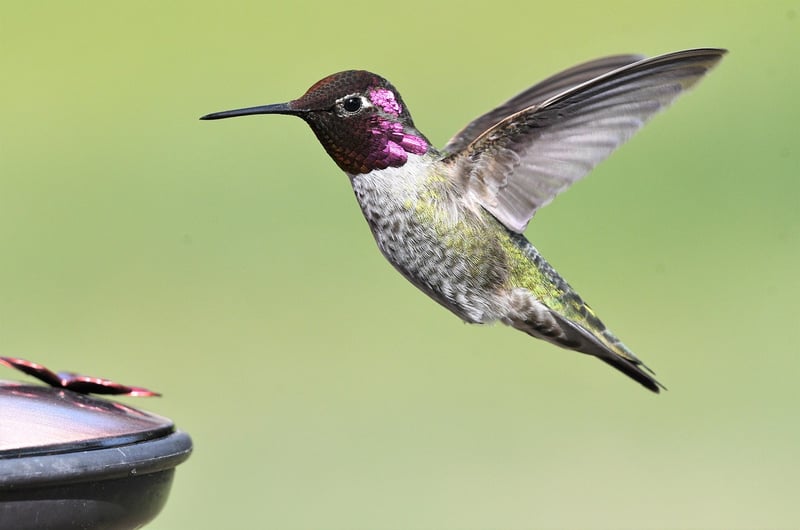Hummingbird Feeders
Creating Habitats for Pollinators and Hummingbird Feeders
The Importance of Pollinators
Pollinators play a crucial role in our ecosystem by facilitating the reproduction of plants. Bees, butterflies, birds, and other pollinators help transfer pollen between flowers, enabling the production of fruits, seeds, and new plants.
Creating Pollinator-Friendly Habitats
To support pollinators, consider planting a variety of native flowers, shrubs, and trees in your garden. Providing a diverse range of flowering plants ensures a continuous food source for pollinators throughout the seasons.
Tips for Creating Pollinator Habitats:
- Choose a variety of flowers that bloom at different times.
- Avoid using pesticides in your garden.
- Provide nesting sites for pollinators, such as bee hotels or bare patches of soil.
- Include water sources like birdbaths or small ponds.
Hummingbird Feeders
Hummingbirds are fascinating pollinators known for their iridescent colors and hovering flight. By setting up hummingbird feeders in your yard, you can attract these tiny birds and observe their unique behavior up close.
Tips for Setting Up Hummingbird Feeders:
- Use a solution of four parts water to one part white sugar to fill the feeder.
- Change the nectar every 2-3 days, especially in hot weather.
- Place the feeder in a shady spot to prevent the nectar from spoiling quickly.
- Keep the feeder clean to avoid mold and bacteria growth.
Images for Inspiration:


Conclusion
By creating habitats for pollinators and setting up hummingbird feeders, you can contribute to the conservation of these important creatures while enjoying the beauty they bring to your surroundings.
Remember, small actions in your garden can have a big impact on the well-being of pollinators and the overall health of the ecosystem.
